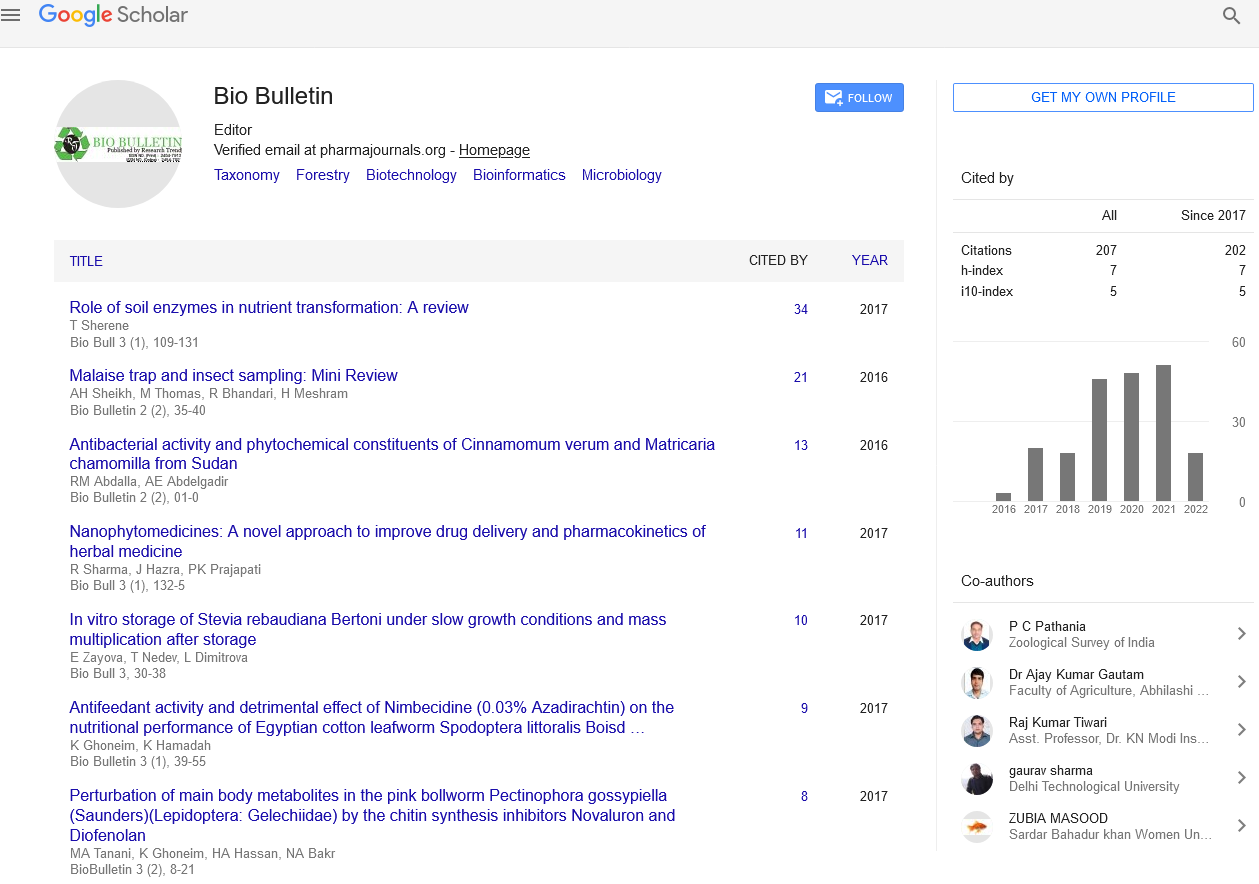C4 Photosynthesis
Editorial - (2021) Volume 7, Issue 3
Abstract
https://1xbetx.fun https://bahiscom.fun https://casibomagiris.com https://cratosslot.fun https://grandpashabet.fun https://holiganbet.fun https://holiganbet-giris.info https://jojobet.fun https://jojobetgiris.xyz https://kralbet.fun https://meritking.fun https://vdcasino.fun https://onwin.direct https://cypocafe.com https://sahabetgiris.fun
Editorial Note
Compared to C3 systems, C4 systems generally maintain a lower tiny guide. C4 syndrome has been widely studied in evolution C4. Although the stomata have been designed for a long time belonging to the C4 syndrome, it is not yet clear for the stomatic evolution along the road to C4. The stomatal model was examined in gender up an evolutionary C4 model contains species in different evolutionary phases of C3 to the C4 photosynthesis, which can minimize spurious relations. Comparative methods, transgenic experiments and seminnevitre analysis have been carried out to test the molecular bases are the basis of the anatomical difference. The evolution of C3 to species C4 Intermediate species were accompanied by a rather acute step by step trend in the characteristics of the stomata. The initial alteration verified in type II and the drastic change in species similar to C4. Stays in the evolution of the C4 have always evolved towards a lower and wider direction. SD dominated maximum stomata conductance throughout the evolutionary process C4. Evolution C4 selected the reduction of the expression to decrease Gsmax. Our analysis stressed the characteristics of the stomata of the current developing model, and provided road information, the mechanism and role of states that evolve along the path to C4. It is believed that plants C4 are gradually evolved C3 intermediate forms that have been found in some species. The intermediate species with characteristics between C3 and C4 was confirmed as a true intermediate phase in the modeling of phylogenetics and biochemistry, which, in accordance with the experimental studies described above, above all in the kind of sheath. In particular more intermediate species that completely cover the different phases and phases of the C4, C3 IE, C3C4 type I, C3C4 Type II, C4 Like and C4. The large number of species of intermediate flavor and evapaclating is the youngest kind of evolution C4, suggests that the evolution of the C4 continues experimentation. A close relationship between flavors can minimize the impact of non-local rates, generally manifests itself in its similar morphologies and a habitat environment. These causes the sex of evapaclating to the preferred object for research on the evolutionary process C3 to C4, and in fact it was a large number of studies on this physiology, structure, biochemistry and molecule. The current evolutionary model is based mainly on these studies in flavors, which carry out events such as the main model system include evolution C4. The current process of evolution C4 implies many characteristics.
In summary, the beam sheath cells and the density of the vein begin to be developed before the start of metabolism C4. Glycine Decarbyylase (GDC) is transferred from Mesophill cells to the pod cells of a package, therefore, the photorespiration acts as a modest CO2 concentration mechanism and promotes the formation of Metabolism C4.
Since stomatal development is controlled by a molecular signaling network composed of many interacting components, in theory, any genes controlling stomatal development could be potentially selected to alter stomatal pattern affecting gsmax during the emergence of C4 photosynthesis. In fact, changing the stomata pattern under different conditions does indeed choose different molecular pathways.
Author Info
Pigaud Surna1*, Asud Wei2 and Hong Wang32Department of Zoology, Govt. Higher Secondary School, Litter (J&K), India
3Department of Environmental Science, Govt. Degree College, Bijbehara (J&K), India
Received: 13-Aug-2021 Accepted: 27-Aug-2021 Published: 02-Sep-2021
Copyright: This is an open access article distributed under the terms of the Creative Commons Attribution License, which permits unrestricted use, distribution, and reproduction in any medium, provided the original work is properly cited.

Google Scholar citation report
Citations : 320
Bio Bulletin received 320 citations as per Google Scholar report
